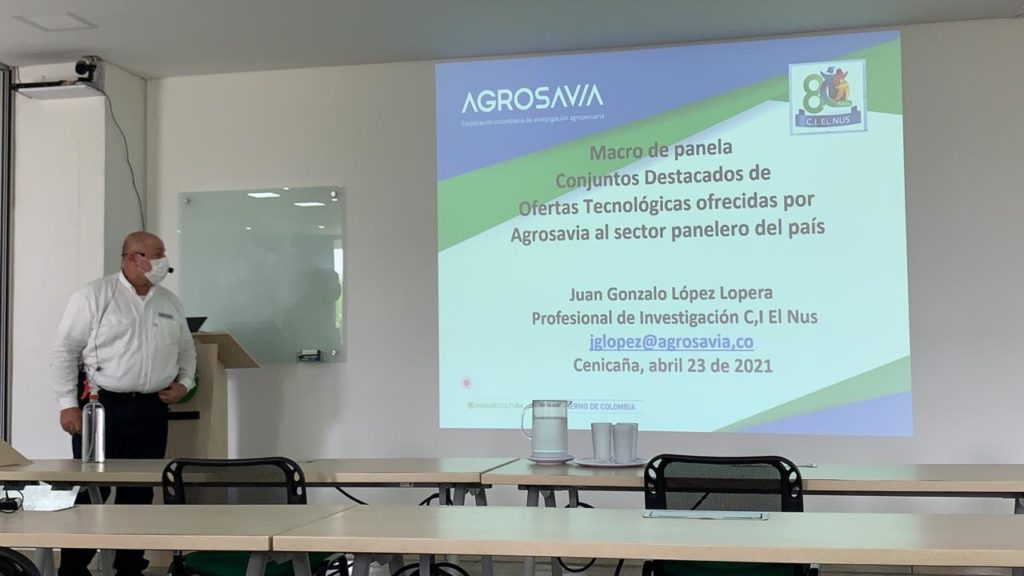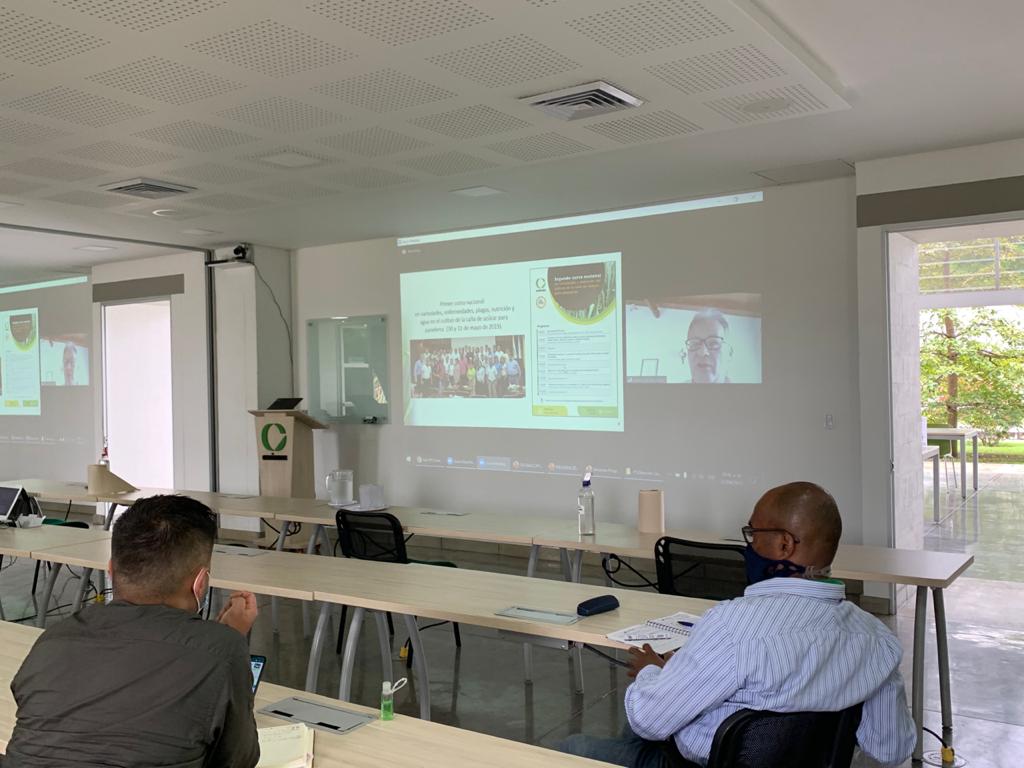In Cenicaña, the Ministry of Agriculture and Rural Development shared with the agriculture secretariats of different departments the approach of the Reconversion Plan for the panelero subsector that seeks to improve the competitiveness of this productive activity.
The Colombian sugarcane agribusiness, through Cenicaña, participated today in the validation day of the Reconversion Plan for the panela subsector that seeks to improve the competitiveness of this productive activity with the implementation of Law 2005 of 2019.
The event was organized by the Ministry of Agriculture and Rural Development and was held virtually and in person at the Cenicaña experimental station with about 40 participants from different institutions, including Fedepanela, Agrosavia and different agricultural secretariats of the country. , related to the departmental panelero committees.
“Through this regulation it is very important to strengthen small and medium panela producers in the region. This will allow us to be competitive in the market with better infrastructure, with certificates to compete on large platforms. Definitely, this plan will give us the opportunity to consolidate this agroindustrial chain of paneleros in Valle del Cauca ”, said Maritza Quiñonez, Secretary of Agriculture of Valle del Cauca.
According to Ruth Ibarra Guevara, from the Ministry of Agriculture, the implementation of said law includes the creation of a supplier seal for the rural economy trapiche, a technological reconversion plan with compliance with food production standards, a formalization plan labor and business, phytosanitary protection measures and research and the promotion of agrotourism initiatives around the products.
For his part, Fedepanela highlighted the generation of public policy tools so that the panela subsector is a benchmark for the Colombian economy and it is possible to advance in the positioning of the product in the foreign market. "Our subsector is very broad, with a presence in different regions of the country and in which many families are involved in the entire production chain," said Carlos Mayorga, manager of the union.
According to data from Minagricultura, in 522 municipalities in 31 departments of the country the production of panela is concentrated with 59.098 producers and currently the area planted with panela cane amounts to 207.680 hectares.
Between 1981 and 2020, within the framework of an inter-institutional agreement between Agrosavia and Cenicaña, more than six introductions of more than 200 varieties of sugar cane were delivered to the panela sector to be evaluated in the pane-producing areas of the country.
Precisely last year, through the United Nations Office on Drugs and Crime (UNODC), seeds of three varieties of sugar cane were delivered to the Arhuaca community of the Sierra Nevada de Santa Marta (CC 01-1940 - CC 11-600 - CC 93-7711) to support the development of the panela agroindustry, as a sustainable alternative.
In addition to varieties, through the agreement with Agrosavia, Cenicaña also offers support in crop sanitary management and technology transfer. One of the shared technologies is the healthy seed production system from individually extracted buds. This system was incorporated and adjusted by Agrosavia in its National Seed Plan with the purpose of strengthening the seed supply of the associations of small panela producers.
“Our Research Center is due to sugar cane in general and since Cenicaña was created 43 years ago, we have worked together with the panela sector because we know that on our part we have a lot to contribute to the development of this productive activity that impacts so many regions and so many families. ”, stated the General Director of Cenicaña, Freddy Garcés.














